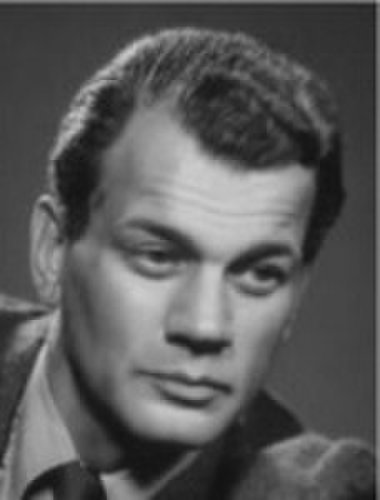| Fecha | Área | Bruto |
|---|---|---|
| 23 June 1991 | USA | USD 1,140,769 |
| 16 June 1991 | USA | USD 1,100,525 |
| 9 June 1991 | USA | USD 1,049,186 |
| 2 June 1991 | USA | USD 977,329 |
| 27 May 1991 | USA | USD 877,995 |
| 19 May 1991 | USA | USD 737,264 |
| 12 May 1991 | USA | USD 583,189 |
| 5 May 1991 | USA | USD 288,107 |
| re-release | USA | USD 1,585,634 |
| 13 June 1991 | UK | GBP 10,510 |
| Fecha | Área | Bruto | Pantalla |
|---|---|---|---|
| 5 May 1991 | USA | USD 216,239 | 11 |
| 17 April 1997 | UK | GBP 2,794 | 1 screen |
| 13 June 1991 | UK | GBP 10,510 | 1 screen |
| Fecha | Área | Bruto | Pantalla |
|---|---|---|---|
| 23 June 1991 | USA | USD 21,715 | 11 |
| 16 June 1991 | USA | USD 25,580 | 19 |
| 9 June 1991 | USA | USD 33,964 | 21 |
| 2 June 1991 | USA | USD 74,836 | 24 |
| 27 May 1991 | USA | USD 85,438 | 18 |
| 19 May 1991 | USA | USD 95,832 | 20 |
| 12 May 1991 | USA | USD 124,403 | 14 |
| 5 May 1991 | USA | USD 216,239 | 11 |
| 17 April 1997 | UK | GBP 2,794 | 1 screen |
| 13 June 1991 | UK | GBP 10,510 | 1 screen |




















_5.jpg)











